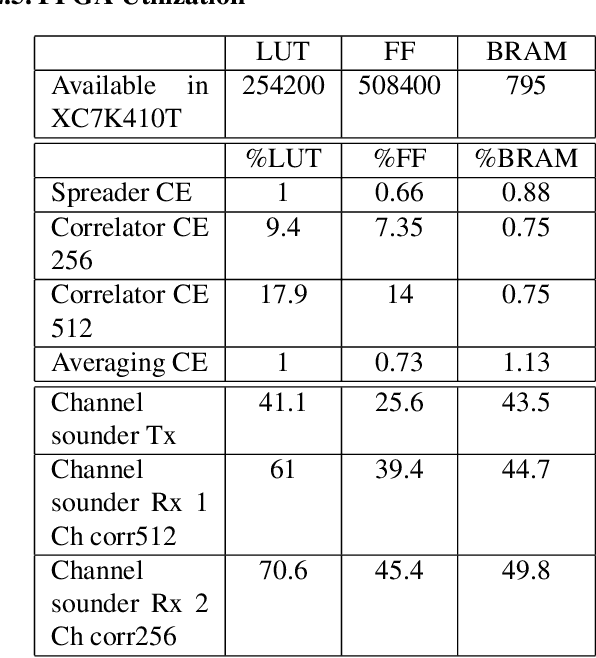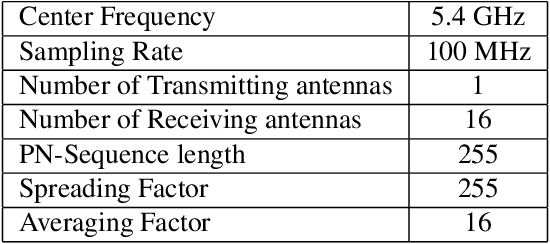Prasanthi Maddala
Wall-Street: Smart Surface-Enabled 5G mmWave for Roadside Networking
May 10, 2024Abstract:5G mmWave roadside networks promise high-speed wireless connectivity, but face significant challenges in maintaining reliable connections for users moving at high speed. Frequent handovers, complex beam alignment, and signal attenuation due to obstacles like car bodies lead to service interruptions and degraded performance. We present Wall-Street, a smart surface installed on vehicles to enhance 5G mmWave connectivity for users inside. Wall-Street improves mobility management by (1) steering outdoor mmWave signals into the vehicle, ensuring coverage for all users; (2) enabling simultaneous serving cell data transfer and candidate handover cell measurement, allowing seamless handovers without service interruption; and (3) combining beams from source and target cells during a handover to increase reliability. Through its flexible and diverse signal manipulation capabilities, Wall-Street provides uninterrupted high-speed connectivity for latency-sensitive applications in challenging mobile environments. We have implemented and integrated Wall-Street in the COSMOS testbed and evaluated its real-time performance with four gNBs and a mobile client inside a surface-enabled vehicle, driving on a nearby road. Wall-Street achieves a 2.5-3.4x TCP throughput improvement and a 0.4-0.8x reduction in delay over a baseline 5G Standalone handover protocol.
Implementation of FGPA based Channel Sounder for Large scale antenna systems using RFNoC on USRP Platform
Jan 12, 2022



Abstract:This paper concentrates on building a multi-antenna FPGA based Channel Sounder with single transmitter and multiple receivers to realize wireless propagation characteristics of an indoor environment. A DSSS signal (spread with a real maximum length PN sequence) is transmitted, which is correlated with the same PN sequence at each receiver to obtain the power delay profile . Multiple power delay profiles are averaged and the result is then sent to host. To utilize high bandwidth, the computationally expensive tasks related to generation and parallel correlation of PN sequences are moved to the FPGA present in each USRP (Universal Software Radio Peripheral). Channel sounder blocks were built using Vivado HLS and integrated with RFNoC (RF Network on Chip) framework, which were then used on USRP X310 devices.
* This paper was presented in GRCon 2017 and published in the Proceedings of the GNU Radio Conference
 Add to Chrome
Add to Chrome Add to Firefox
Add to Firefox Add to Edge
Add to Edge